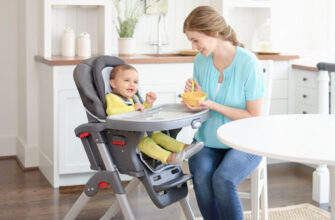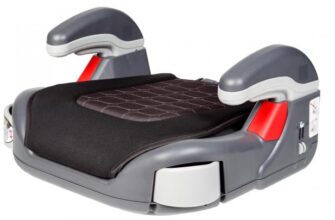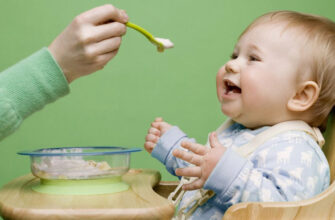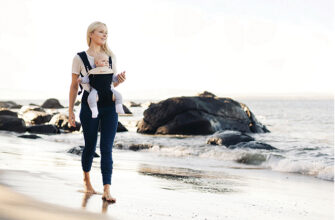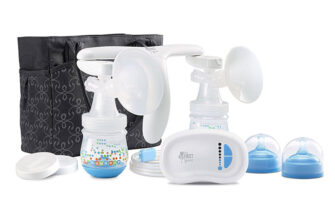Baby food is a special line of products designed for children under three years old. It is used instead of breast milk, if the mother for some reason cannot feed, and for complementary feeding of the baby.
The best baby food manufacturers

Baby food should be safe for the baby and free from dyes, GMOs, preservatives and flavor enhancers. It can contain natural foods, as well as vitamins, amino acids, nutrients, proteins, 'good' bacteria and other beneficial substances. High-quality products for children rarely cause allergies, and their composition corresponds to that stated on the package.
The best brands of baby food are:
-
Nestle (GERBER, NAN, NESTOGEN, Nestle);
-
HIPP;
-
Heinz;
-
Nutricia (Nutrilon, Baby, Baby).
-
Humana.
These brands are known not only in Russia and the CIS, but also in Germany, Austria, USA, Switzerland, Poland, the Netherlands and other countries.
Among domestic manufacturers, the most popular are:
-
JSC “Progress” (Kids and Frutonyanya);
-
OJSC 'Wimm-Bill-Dann' (Agusha, Miracle of the baby).
Types of baby food
Milk mixture

Milk formulas are used from birth to 2–3 years of age. They completely replace breast milk if the mother cannot feed the baby herself.
Infant formula is designed to resemble mother's milk. They contain cow's, goat's or soy milk, as well as vitamins, minerals, vegetable oils, unsaturated fatty acids and other beneficial substances.
Cow's milk is used in most infant formula. However, 2–6% of infants are allergic to cow's milk protein, so they switch to food made with goat milk or soy. Sometimes children are diagnosed with lactose intolerance and have to eat lactose-free or soy-based formulas.
Soy baby food is not suitable:
-
Premature babies who need an increased amount of minerals;
-
For babies with soy protein allergies.
If the child suffers from intestinal upset, flatulence, colic or other health problems, special treatment and prophylactic mixtures should be used. They are suitable for:
-
Premature babies;
-
Kids with allergies;
-
Babies with colic and unstable stools;
-
Children suffering from frequent regurgitation.
In the first year of life, it is recommended to choose milk formulas marked 'adapted', i.e. most similar to mother's milk in composition. You should also be wary of baby food that contains:
-
Palm oil – reduces bone density with frequent use;
-
Gluten – can cause intestinal upset or allergies in babies under one year old;
-
Sucrose – can lead to the development of an allergic reaction in children in the first year of life. Sometimes causes bloating and colic.
-
Infant formula should be given to a child only after consulting a pediatrician.
Porridge
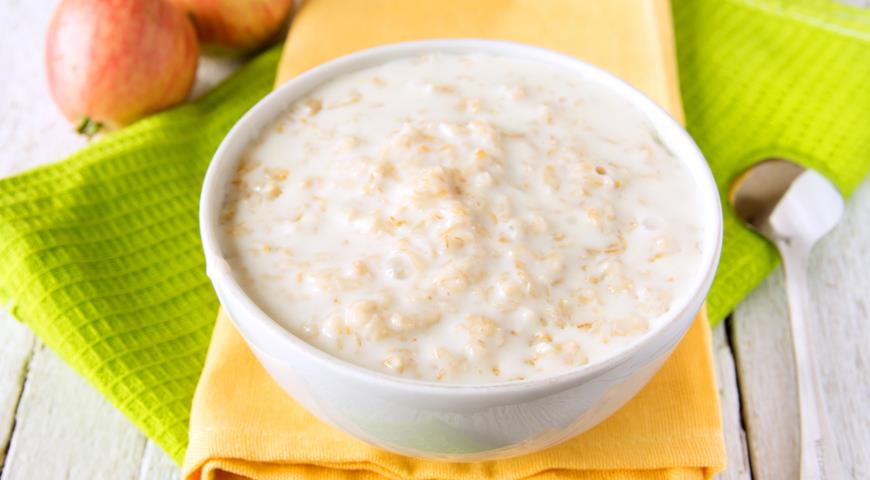
Baby cereals can be used for complementary foods from 4-6 months. They are multi-component and one-component.
The first porridge for the baby should be one-component, i.e. consist of one type of cereal. It should not contain:
-
Gluten;
-
Thickeners (starch) – can lead to flatulence and colic;
-
Palm oil;
-
Salts. Pediatricians do not recommend adding salt to complementary foods for babies under one year old.
For the first feeding, products made from buckwheat, rice or corn grits are suitable. Such cereals should not contain milk (this reduces the risk of developing allergies) and sugar, which can cause bloating, gas and colic in the baby.
Multi-component porridge can be used only after all the cereals contained in the product have been introduced into the baby's menu, and he has not had an allergic reaction.
Puree
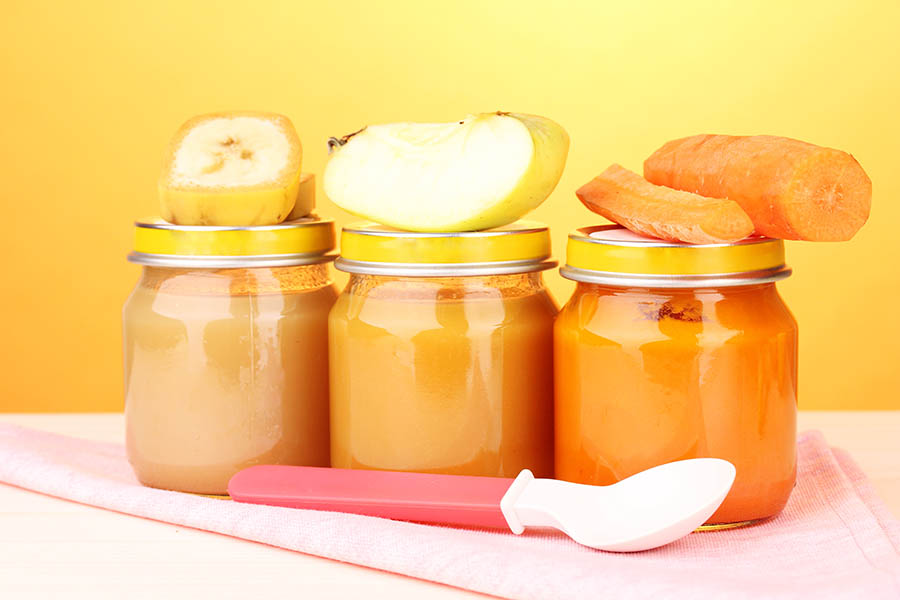
This type of baby food is often used as the first food for babies who often have loose stools. If the crumbs have a tendency to constipation, porridge should be introduced into the diet first.
If this is your first time feeding a baby puree, choose a one-piece product that consists of squash or cauliflower. Such dishes are the least likely to cause an allergic reaction. When the baby gets used to hypoallergenic vegetables, you can give him carrot or pumpkin baby food.
Pay attention to the content of the egg puree. This product is a strong allergen, therefore it should not be introduced into the menu of an allergic child.
Juice
Juices can be used only after the baby has started eating porridge and puree. Choose hypoallergenic foods that do not contain:
-
Sahara;
-
Artificial flavors;
-
Artificial colors.
Tips for choosing

-
Study the composition of baby food carefully. It should be free of GMOs, colorants, flavor and odor enhancers, emulsifiers, etc.
-
Buy foods that are appropriate for your baby's age group.
-
Make sure that the packaging is intact, not deformed.
-
Choose manufacturers whose products meet international quality standards.
-
Before introducing complementary foods into the menu, consult your pediatrician.
!
In the following articles, our experts will tell you how to use milk formula for a baby and the secrets of choosing porridge for the first complementary feeding and recommendations for choosing a highchair for feeding your baby.
Attention! This material is the subjective opinion of the authors of the project and is not a purchase guide.



